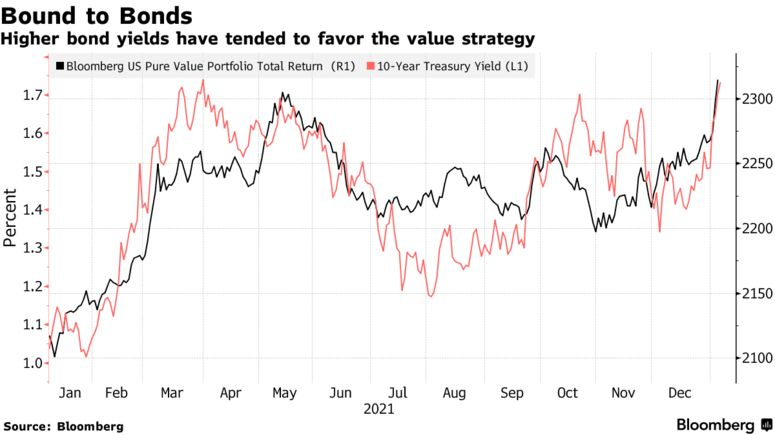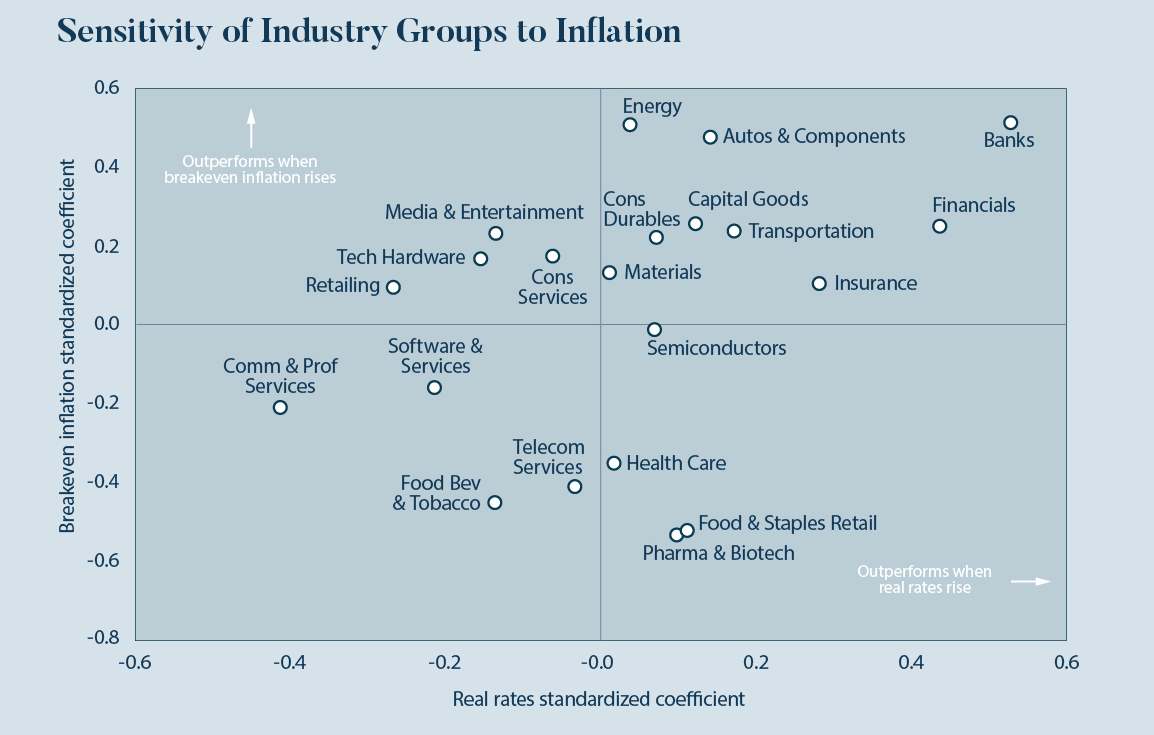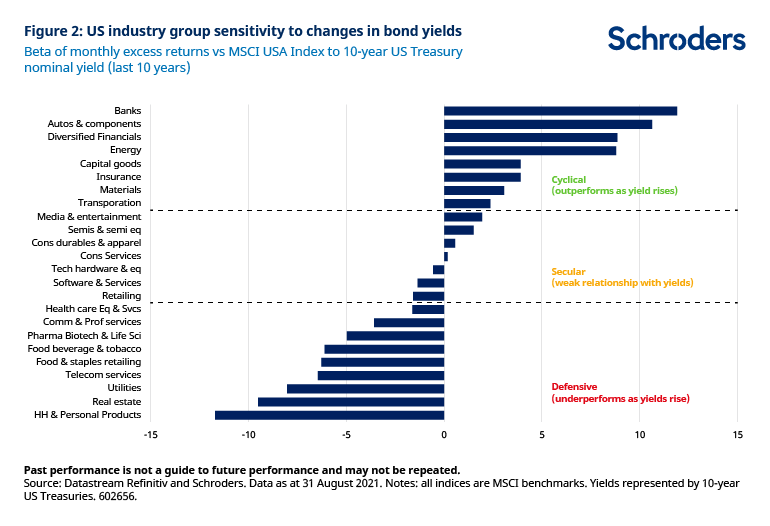
Value stocks are having a moment. With inflation and interest rates on the rise, interest has shifted to value stocks and many market watchers are predicting that value will outperform growth in 2022.
But first, what are value stocks and what does value investing mean?
In simple terms, value investing is all about investing in underappreciated stocks in the belief that their intrinsic value will eventually be realised. The most common way to spot an undervalued stock is through its price/earnings (P/E) ratio, the standard gauge of a stock’s affordability.
Value stocks often have low P/E ratios, meaning their stock price relative to their profits are low. It may be because the company is operating in a sector that’s been affected by an economic downturn, or because the company’s business model is seen as traditional or staid. As such, many value stocks often belong to cyclical industries where their performance is linked to the overall health of the economy.
Other times, negative press, political upheavals, or missed earnings results can also cause stocks to become undervalued.
Why value is of interest again
This time last year, a stock rotation into value was seemingly underway. Bond yields had surged on inflation concerns and tech stocks sold off. But the rotation proved short-lived as yields dropped again after the Federal Reserve insisted inflation was “transitory”.
Fast forward to today and we’re seeing similar market moves play out. With the Fed signalling more aggressive monetary tightening to combat inflation, the 10-year US Treasury yield has climbed above 1.8%, its highest since January 2020. The yield on the two-year Treasury note, which closely tracks interest rate expectations, has similarly surged to a level not seen in almost two years.
Historically, an environment of higher inflation and rising interest rates has favoured value sectors – like financials, energy, industrials, materials – over tech and growth stocks. When rates are low, investors are willing to pay more for tech and growth companies on the assumption that earnings will be higher in the future. But when interest rates rise, the value of those future cash flows decreases. All else being equal, this cuts into the lofty valuations of tech and growth companies.
The Nasdaq, which holds largely interest rate sensitive tech stocks, is down nearly 10% from its November 2021 high as bond yields remain elevated.

Not all gloom and doom
While stocks generally exhibit some sensitivity to interest rate changes, not every sector faces headwinds in an environment of rising rates and higher inflation. As seen in the charts below, industries such as financials, energy and materials have traditionally outperformed.


For instance, rising interest rates mean that banks will be able to charge higher rates on their loans compared with what they pay out on their deposits. Bank loans are typically repriced more quickly than deposits, further boosting profitability. Moreover, rising rates typically point to a strengthening economy. A strong economy can lead to increased borrowing, which translates into higher income for banks.
Another sector that tends to fare well in an inflationary environment is energy. In 2021, oil prices increased more than 50%, buoyed by a combination of strong demand and limited supply. In fact, energy was the S&P 500’s best-performing sector last year, generating a total return of 53.4%. As oil and gas prices continue to climb, energy companies stand to benefit given that their revenues are tied to energy prices.
How to buy value stocks
You can invest directly in undervalued companies by buying their shares on a stock exchange, or by buying an exchange traded fund (ETF) that holds such companies.
If you’re buying shares or ETFs, the first step would be to open a brokerage account. You can consider Syfe Trade, which offers free monthly trades and fractional shares. (Want to know more? Check out this review of Syfe Trade.)
- After you’ve downloaded the Syfe app and created your account, search for your preferred stock on the Syfe Trade platform.
- With fractional trading, you may choose to enter a specific dollar amount to invest, or a specific quantity of stocks.
- Click the buy button to complete your trade.
Syfe Trade offers one of the lowest fees for trading the US market. From now to 31 March 2022, you get 5 free trades each month. Subsequent trades cost just US$0.99 per trade.

Final thoughts
Stock market reversals can happen anytime, as last year’s value rotation showed. Always do your own research before investing. A company’s share price can rise and fall and past performance is no guarantee of future results.
All views, opinions, and analyses in this article should not be read as personal investment advice and individual investors should make their own decisions or seek independent advice. This article has not been prepared in accordance with legal requirements designed to promote the independence of investment research and is considered a marketing communication. Reference in this document to specific securities should not be interpreted as a recommendation to buy or sell these securities, but is included for the purposes of illustration only. Past performance is not a reliable indicator of future results.






You must be logged in to post a comment.